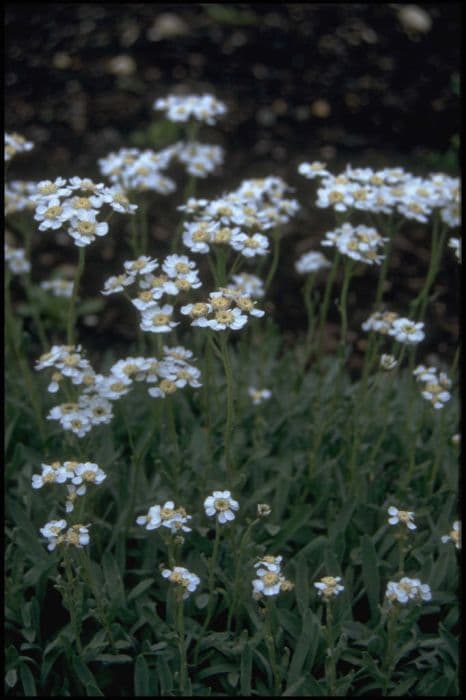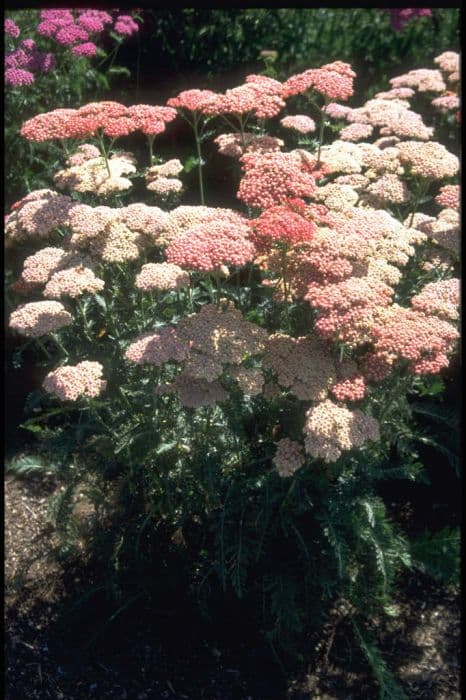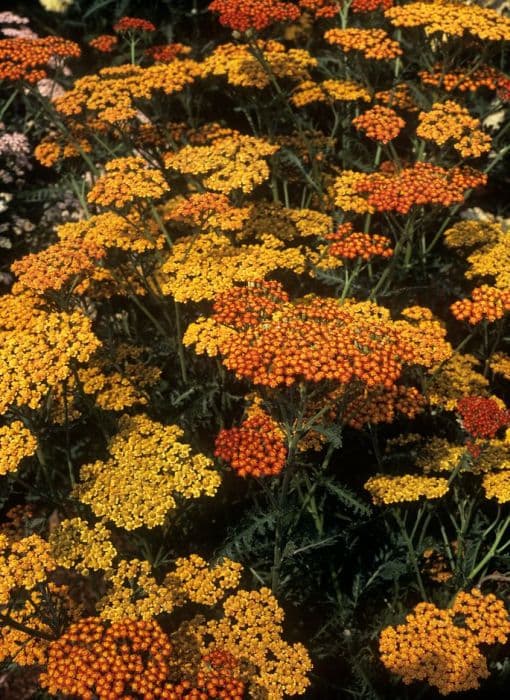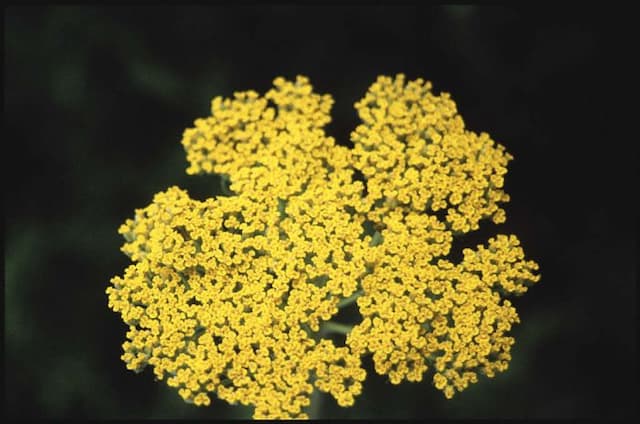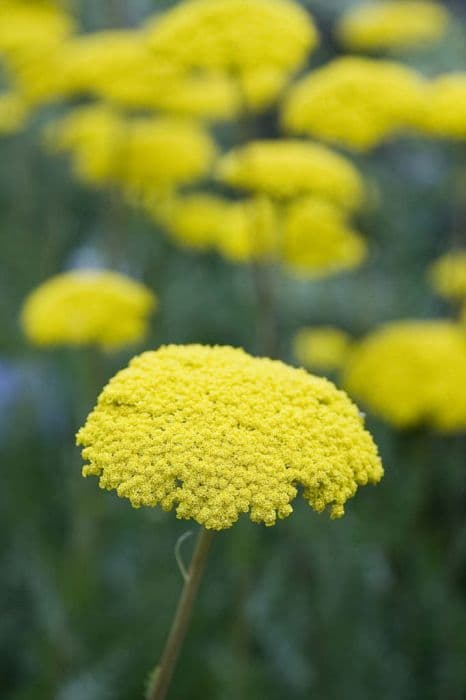Woolly Hawkweed Hieracium spilophaeum

ABOUT
Hieracium spilophaeum, commonly referred to as the Hawkweed, is a distinctive plant with features that help it stand out among other flora. It typically exhibits a cluster of yellow, dandelion-like flowers at the top, each with numerous small, narrow petals radiating from a central point to form a sort of flat or slightly rounded cap. These bright blooms provide a dash of color, drawing the attention of various pollinators. Connecting the flowers to the main body of the plant are slender, wiry stems that can have a slightly fuzzy appearance. The leaves of the Hawkweed are an intense green and grow mainly at the base of the plant, forming a rosette-like pattern. These leaves are often elongated with edges that may be smooth or may have small teeth-like indentations. The surface of the leaves can sometimes be coated with fine hairs that give them a slightly rough texture to the touch. When it comes to the overall structure, Hawkweed tends to have a robust yet compact build, displaying a steadfast nature in its preferred environments. The leaves, flowers, and stems come together to form a harmonious and eye-catching bouquet that stands out with its cheerful color and unique form.
About this plant
 Names
NamesSynonyms
Yellow Hawkweed, Northern Hawkweed, Rough Hawkweed
Common names
Hieracium spilophaeum.
 Toxicity
ToxicityTo humans
Hieracium spilophaeum, commonly known as Hawkweed, does not have a well-documented profile of toxicity to humans. Many species within the genus Hieracium are not considered toxic and are even used in some traditional medicine practices. However, individual reactions can vary, and it is always advisable to avoid ingesting plants that are not commonly recognized as food without proper knowledge or guidance. If Hawkweed were toxic, symptoms could potentially include gastrointestinal distress such as nausea, vomiting, or diarrhea, but there is no specific information suggesting that Hawkweed causes these symptoms in humans.
To pets
Hawkweed, the common name for Hieracium spilophaeum, is not known to be toxic to pets. This genus does not feature prominently on lists of toxic plants for animals such as dogs and cats. Therefore, it is unlikely that ingesting Hawkweed would result in poisoning or serious consequences for pets. As with all non-food plants, there may be a risk of mild gastrointestinal upset if consumed in significant quantities, but there is no specific documented toxicity associated with this plant for pets. Always monitor your pets and prevent them from eating plants that are not part of their regular diet to avoid any potential health issues.
 Characteristics
CharacteristicsLife cycle
Perennials
Foliage type
Deciduous
Color of leaves
Green
Flower color
Yellow
Height
2 feet (0.61 meters)
Spread
1 foot (0.3 meters)
Plant type
Herb
Hardiness zones
5
Native area
Europe
Benefits
 General Benefits
General Benefits- Ecosystem function - Hieracium spilophaeum, known as the Yellow Hawkweed, contributes to the biodiversity of the habitats it occupies, serving as a part of intricate ecological webs.
- Habitat for wildlife - The Yellow Hawkweed provides shelter and habitat for various insects, which in turn can be a food source for birds and small mammals.
- Soil stability - Like other plants, Yellow Hawkweed can help prevent soil erosion with its root system, thus maintaining soil health and stability.
- Ornamental value - With its bright yellow flowers, Yellow Hawkweed can add aesthetic value to natural landscapes and may be used for ornamental purposes in gardens designed for a wildflower or natural look.
- Pollinator support - Yellow Hawkweed flowers can attract and provide nectar for bees, butterflies, and other pollinators, supporting their populations and, by extension, the health of the ecosystem.
 Medical Properties
Medical PropertiesThis plant is not used for medical purposes.
 Air-purifying Qualities
Air-purifying QualitiesThis plant is not specifically known for air purifying qualities.
 Other Uses
Other Uses- Hieracium spilophaeum, commonly known as the hawkweed, can be used as a natural dye, providing varying shades of yellow and orange depending on the mordant used.
- The fuzzy leaves of hawkweed can be utilized in traditional crafts for their texture, often incorporated into woven items for visual and tactile interest.
- In certain cultures, hawkweed may serve a symbolic role in rituals or storytelling, often representing resilience or survival due to its hardy nature.
- The sap of hawkweed has been used historically as a temporary adhesive for small items or as a natural sealant in various crafting applications.
- Hawkweed, when planted, can act as a biological soil erosion control mechanism, with its dense network of roots helping to stabilize soil.
- The plant's ability to thrive in disturbed habitats makes it a useful indicator species in ecological studies tracking succession or habitat recovery.
- Hawkweed's leaves have been used as a packing material for fragile goods, especially in regions where it is abundant and other resources are scarce.
- Some artists use the unique form and structure of hawkweed as inspiration for botanical illustrations, nature photography, or eco-themed art installations.
- The flower and stem of hawkweed can be incorporated into natural compost, contributing to a nutrient-rich soil conditioner for gardens.
- Because hawkweed can grow in poor soil, it is sometimes used in horticulture to condition the soil in garden beds before planting more delicate species.
Interesting Facts
 Feng Shui
Feng ShuiThe plant Hieracium spilophaeum, commonly known as hawkweed, is not used in Feng Shui practice.
 Zodiac Sign Compitability
Zodiac Sign CompitabilityHawkweed is not used in astrology practice.
 Plant Symbolism
Plant SymbolismHieracium spilophaeum, commonly known as "Hawkweed," typically symbolizes the following:
- Quickness and agility: Resembling the hawk from which its name is derived, hawkweed can symbolize swiftness and nimbleness, likely referring to the bird's quick reflexes and sharp movements.
- Resourcefulness: Hawkweed is known for its ability to thrive in challenging conditions, often symbolizing an individual's capacity for adaptability and ingenuity.
- Precision: With its ties to the sharp-sightedness of a hawk, the plant may symbolize precision and clear vision, suggesting a focus on detail or the importance of targeting one's goals accurately.
 Water
WaterThe common name for Hieracium spilophaeum is "Tall Hawkweed," and it prefers consistent moisture but well-drained soil. Water Tall Hawkweed deeply once a week, providing about 1 inch of water which equates to roughly 0.6 gallons per square yard. During hot, dry spells, increase watering frequency to twice per week. Always check the top inch of soil for dryness before watering; if it's dry to the touch, it's time to water. Reduce watering during the winter months when the plant is dormant, ensuring the soil doesn't become waterlogged.
 Light
LightTall Hawkweed thrives best in full sun to partial shade. It prefers a spot that receives at least 6 hours of direct sunlight a day, but it can also tolerate some light afternoon shade. Avoid deep shade as it can lead to poor growth and flowering.
 Temperature
TemperatureTall Hawkweed is hardy and can withstand a broad temperature range. It can survive in temperatures as low as -30 degrees Fahrenheit, making it suitable for many climates. However, the ideal temperature range for optimal growth is between 60 and 75 degrees Fahrenheit. Make sure to protect the plant from extreme heat or cold to maintain its health.
 Pruning
PruningPruning Tall Hawkweed is mainly done to remove dead or faded flowers and encourage additional blooming. Deadhead the spent flowers regularly during the blooming season to maintain a tidy appearance and promote more blooms. In late fall or early spring, cut back the entire plant to the ground to help rejuvenate and stimulate new growth for the upcoming season.
 Cleaning
CleaningAs needed
 Soil
SoilThe best soil mix for Tall Hawkweed, commonly known as Hieracium spilophaeum, is a well-draining soil with a mixture of loam, peat, and sand. This plant prefers a slightly acidic to neutral pH range of 5.5 to 7.0. Amend the soil with organic matter to improve fertility.
 Repotting
RepottingTall Hawkweed does not need to be repotted frequently. It should be repotted only when it has outgrown its current container or if the soil has become compacted or exhausted, typically every 2-3 years.
 Humidity & Misting
Humidity & MistingTall Hawkweed thrives in moderate humidity conditions. Aim for a humidity level that mimics its natural habitat, which is generally around 40-60%.
 Suitable locations
Suitable locationsIndoor
Provide bright light and good airflow for indoor Tall Hawkweed growth.
Outdoor
Place in partial sun, ensure well-drained soil for Tall Hawkweed.
Hardiness zone
3-9 USDA.
 Life cycle
Life cycleHieracium spilophaeum, commonly known as Yellow Hawkweed, begins its life as a seed dispersed by wind, animals, or human activity. Upon finding suitable soil, the seed germinates, typically in spring or early summer, and a seedling emerges, establishing a root system and a rosette of basal leaves. As the plant matures, it develops a flowering stem, or scape, which bears one or more yellow flower heads composed of numerous small florets, usually in the warmer months. After pollination, which is often facilitated by insects, the florets develop into achenes with feathery pappi that assist in wind dispersal. These seeds can lead to new plants, either germinating immediately or entering a period of dormancy until conditions are favorable. Yellow Hawkweed also reproduces vegetatively through stolons or rhizomes, creating clonal colonies that can outcompete other vegetation.
 Propogation
PropogationPropogation time
Spring-early summer
Hieracium spilophaeum, commonly known as Spotted Hawkweed, is generally propagated through seed, as this is the most popular method for this species. To propagate Spotted Hawkweed by seed, you would typically collect seeds in late summer or early fall when they are mature. The seeds should be sown on the surface of a well-drained soil mix, as they need light to germinate. They should be kept moist until germination, which usually occurs within two to three weeks. Planting can be done either in a greenhouse or directly outdoors if the conditions are suitable. Since Spotted Hawkweed is not commonly cultivated on a large scale, this method is practical for small-scale propagation or for wildflower enthusiasts.
